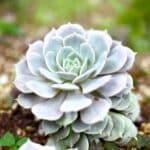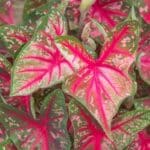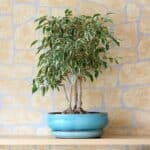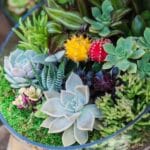Haworthia is a low-maintenance succulent plant that thrives in normal indoor conditions. Even though it is a small plant that does not require much light like other succulents, it is still among the most popular and favorite for gardeners.
It features succulent leaves in different colors like green, red, and even brown. The haworthia has many leaf sizes, nature, and texture: thick, fat, thin, bristly, smooth, stripes, bumps, and dots.
There are many haworthia types you can choose from, such as attenuata, Angustifolia, cooperi, fasciata, coarctata, bolusii, and nigra, amongst others. All of these varieties can add a great look to your indoor collections.
Table of Contents
What Is a Haworthia?
Haworthia is a succulent plant from a similar family as aloe and is a large genus among dwarf succulent plants.
It is native to South Africa and Namibia, where it grows in rocky patches and shades of bushes and grasses. Even though it is a small houseplant, it can give your home an attractive feel.
Haworthia has over 160 species, and a good number of them can be identified by rosette-like leaves which develop out of the stem axis.
Again, most haworthia types are almost similar, making it difficult to distinctly describe. Most of them feature very gorgeously colored and beautifully-shaped leaves.
Most people confuse them as cacti plants, but they are not; they are rather succulent plants. In other words, they are little slow-growing species that produce rosettes of fleshy green leaves, which are hugely protected with pearly warts or bands, thereby making them look very unique and gorgeous.
Potted haworthias are frequently moved outdoors during the summer months, especially in the areas that lack frost, and are planted in gardens sometimes.
These succulents thrive in bright light conditions and under sufficient moisture during the summer with a little dry condition during the winter periods.
Again, make sure you don’t over-water or under-water haworthias, and fertilize only during the spring and summer periods when the plant is on its active growth.
They thrive in partially shaded areas in their outdoor environments, thus making them very easy to grow as indoor plants. You can also grow them in different containers, but the best one should have proper drainage holes.
Most Common Haworthia Types
There are so many haworthia varieties out of hundreds of species to choose from for your indoor or garden collections.
Most of them are available in gardening parts of grocery shops, home stores, and garden centers. For the rare varieties, you can find them in succulent plant nurseries. Below are some of the most common hawthorn varieties;
1. Haworthia Attenuata “Striata.”

This variety is arguably the most commonly found type and is the most easily grown. It is stemless and features sprouting triangular leaves with pointed edges and white horizontal stripes.
It can grow up to 7cm tall and 25cm wide and thrives in temperatures of above 5 degrees Celsius.
It can tolerate long periods of drought because of its stiff leaves but still needs little water during winter to avoid the soil from fully drying out. The best soil for the haworthia attenuata variety is cactus compost or soil-based potting compost and horticultural grit.
2. Haworthia Angustifolia
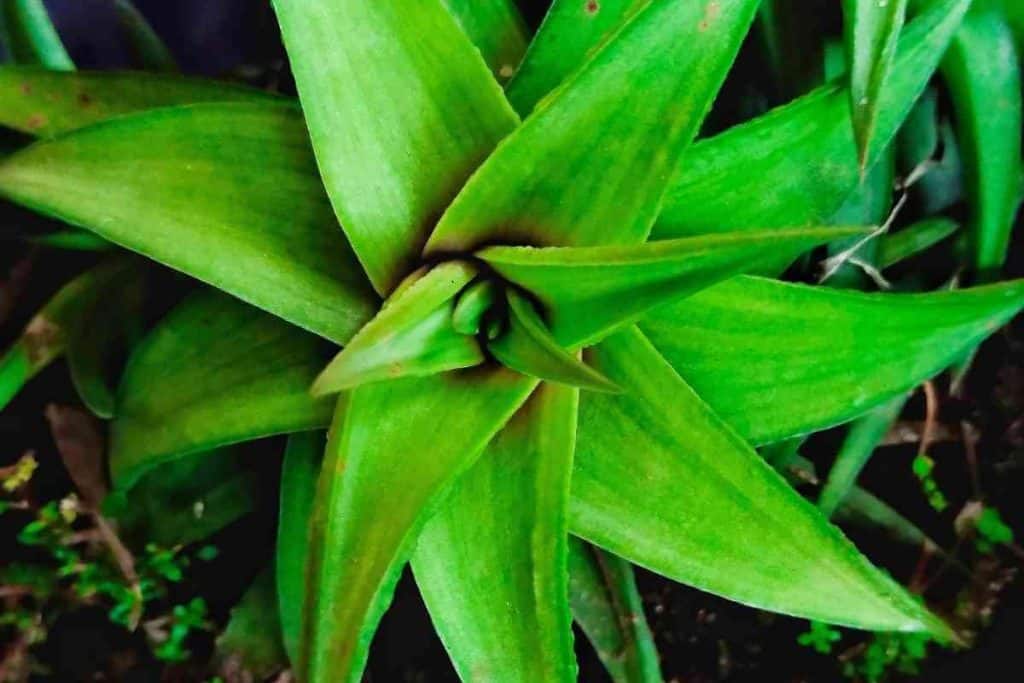
Like the haworthia attenuata variety, the Angustifolia features stemless, sprouting, and pointed leaves. The leaves are also lanceolate, thin, and has loosed leaves that produce a rosette and beautifully serrated tips with white to faded pink flowers.
It requires the same growing conditions as most other haworthia varieties like the attenuata species.
3. Haworthia Cooperi
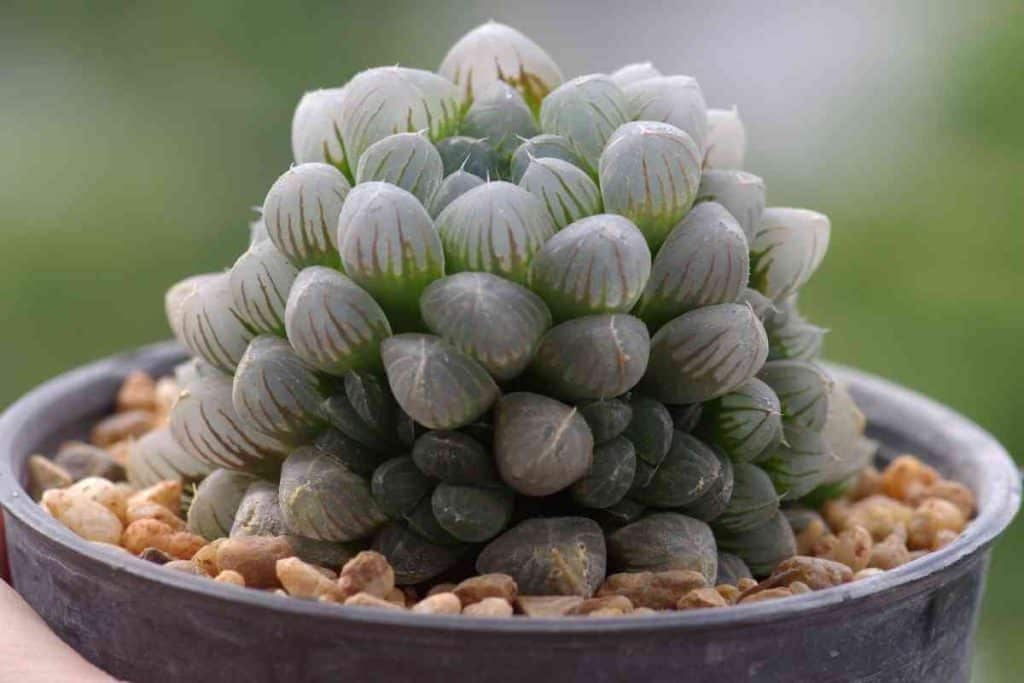
Also called Bristle Haworthia, Cooper’s Haworthia, Pussy Foot, and Window Haworthia, the haworthia cooperi is a stunted growing variety that always clusters densely.
It features shiny cylinder-shaped leaves that are formed out of are so elongated that it touches the top of the soil. It has very transparent leaves that can grow up to 1.8inches tall and 0.5 inches wide.
The plant, in general, can grow up to 2 inches tall and 3.2 inches wide. In the summer and spring seasons, it produces pink-white flowers that have green or brown colored veins.
4. Haworthia fasciata
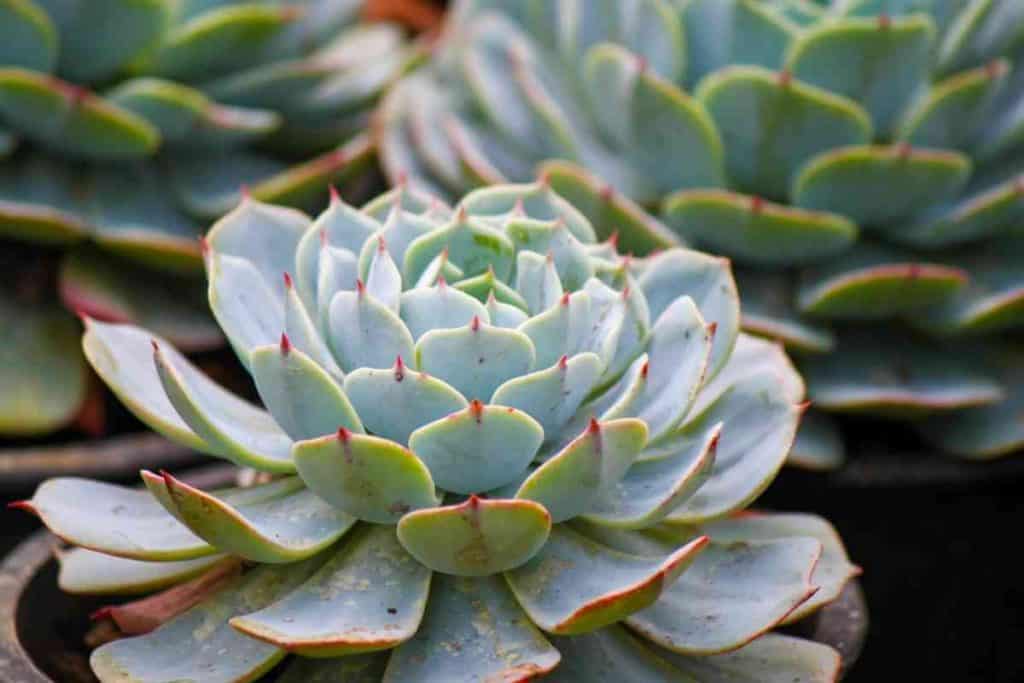
Popularly called Zebra Plant or Zebra Haworthia, the haworthia fasciata is a stemless, germinating, and triangular-shaped plant. It features upright growing pointed leaves that create a rosette and grows white blooms that come out during the summer periods.
The fasciata has a rough leaf surface and warts underneath the leaves. Also, its green leaves feature white straight-line stripes.
The plant is not a cold-hardy plant; therefore, for those living in a place where temperatures decrease to 30 degrees Fahrenheit, the plant can serve indoor purposes.
5. Haworthia coarctata
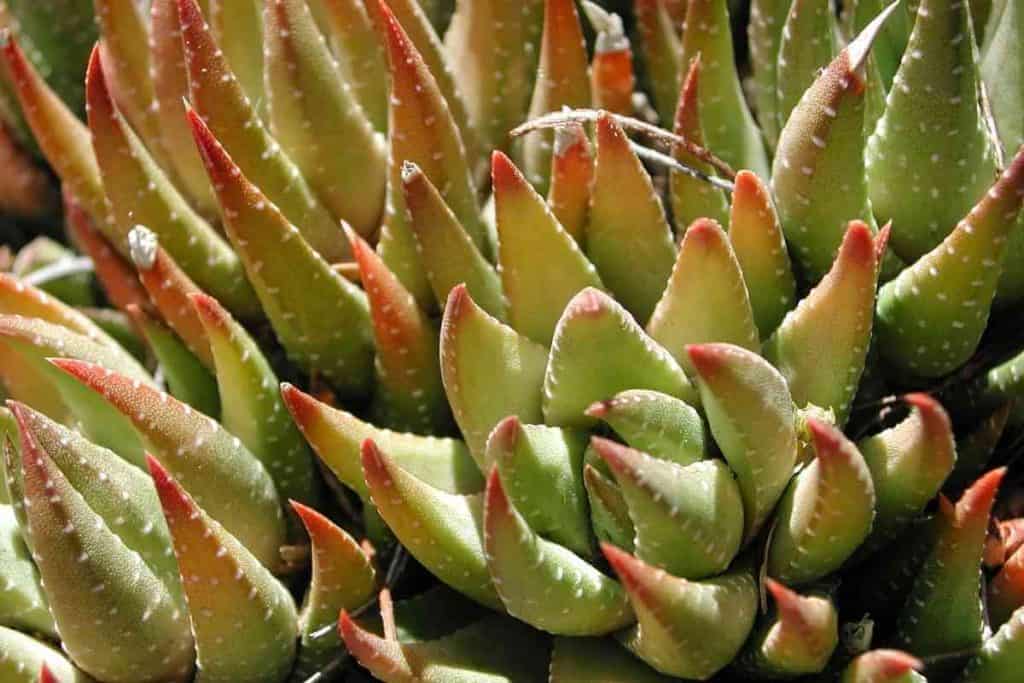
This variety looks exactly like a hand clenched in a fist. It features popular, red-colored claws and leaves that create compacted clusters.
During frost season or given sufficient light conditions, the color could change to pink and easily form offsets. Its green leaves feature white horizontal stripes.
Also called Haworthiopsis coarctata, the haworthia coarctata can grow up to 30cm tall and, with dry compost, requires moderate watering.
The best soil for this variety is cactus compost soil, and make sure it is exposed to full to partial shelter, and temperatures shouldn’t go below 25degrees Fahrenheit.
6. Haworthia Bolusii
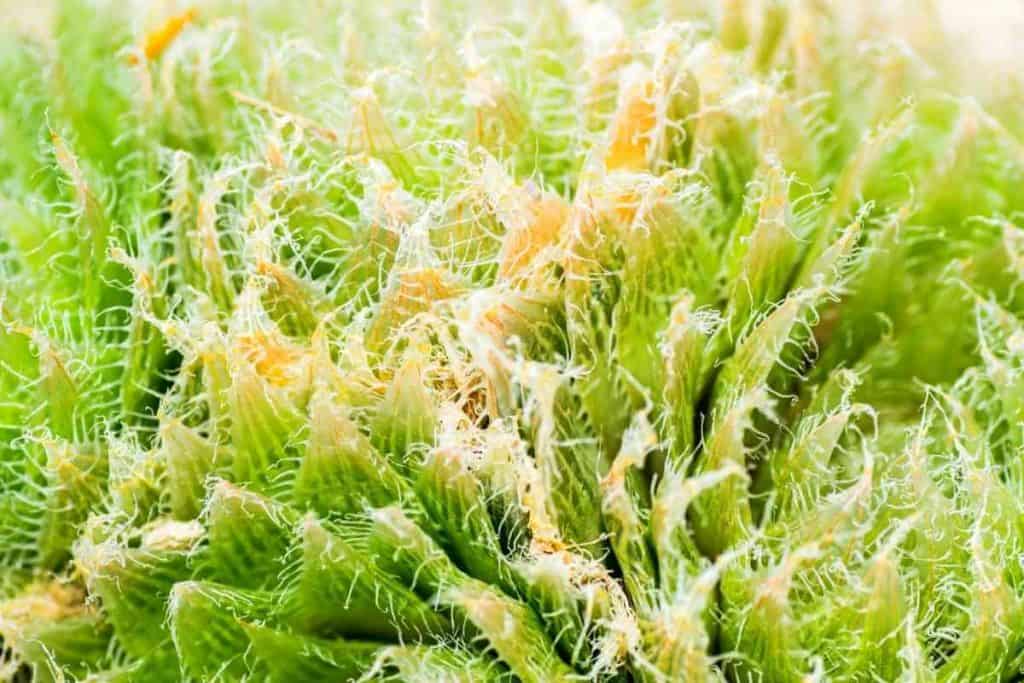
This variety is popular for its stemless, fleshy, non-curvy, pale green leaves and features elongated, fibrous bristles, which form clusters resembling a spider web.
You can put the plant in bright indirect sunlight and partially shaded. It also requires well-drained soil, a minimum temperature of 10 degrees C, and sufficient watering during the growing period.
7. Haworthia Nigra
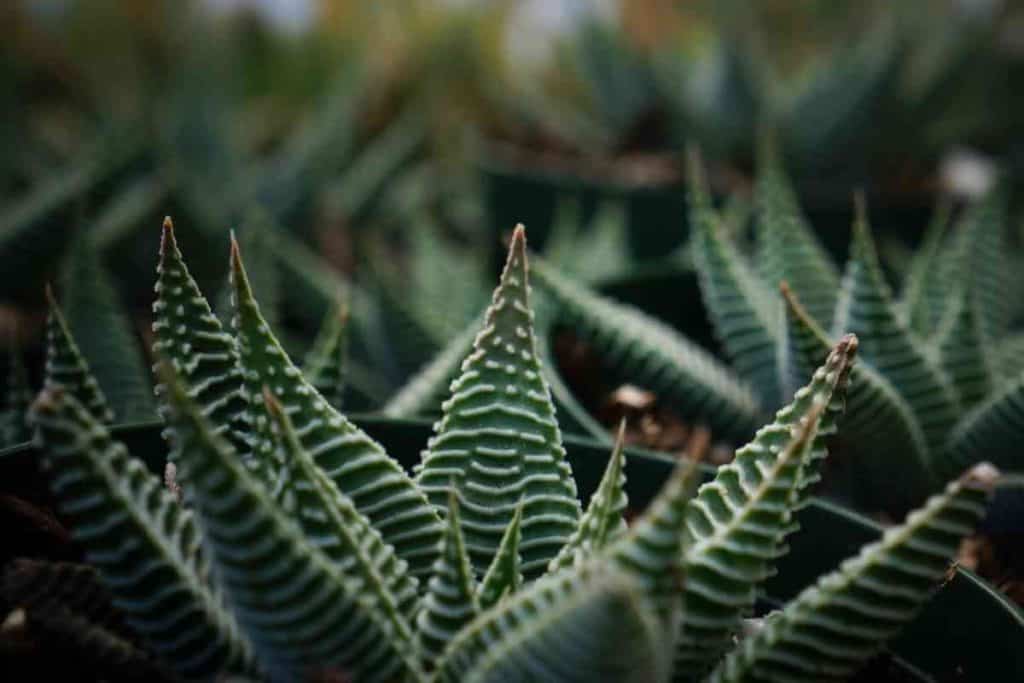
The haworthia nigra is a slow-growing plant featuring sturdy dark green leaves that fold backward. Fresher plants grow one on top of another, giving them a strange appearance.
Adult plants form vertical stems that feature little white flowers. It does best in zones 10 to 11; therefore, keep its temperature at over 10 degrees C and avoid overwatering.
8. Haworthia Reinwardtii
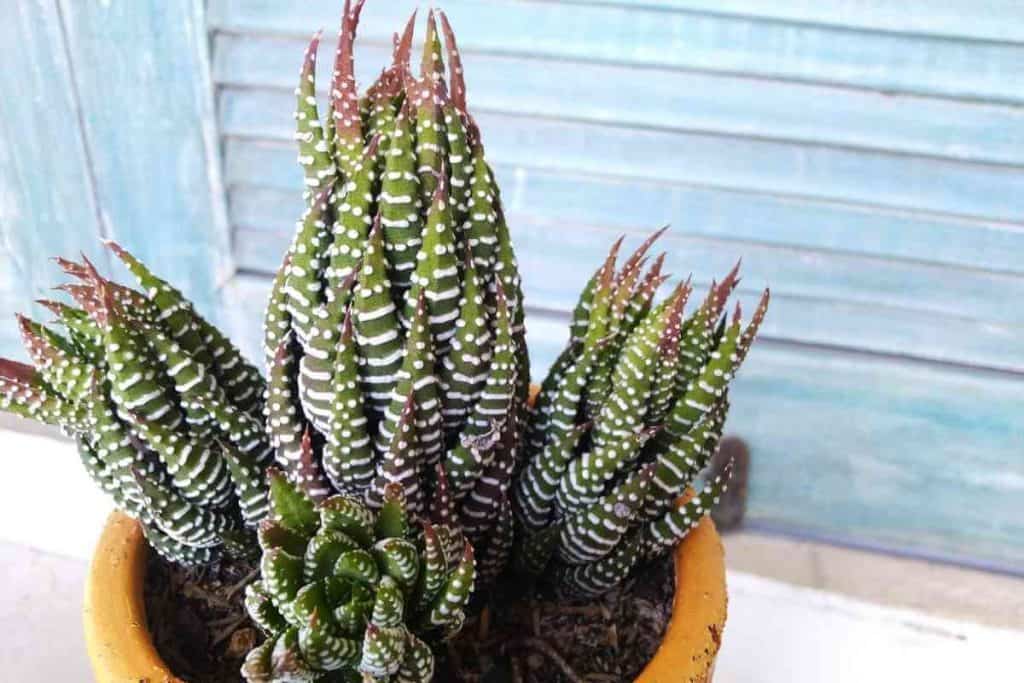
Because the haworthia reinwardtii features white spots on its leaves, it is popularly known as Zebra Wart. It is a variety that features stemless and sprouting leaves that grow spirally with a pointed top and huge underneath.
Its rosettes can get to 8inches in length. Its leaves are light green, short and thick, and designed like a network with thorns around their edges.
9. Haworthia cuspidata
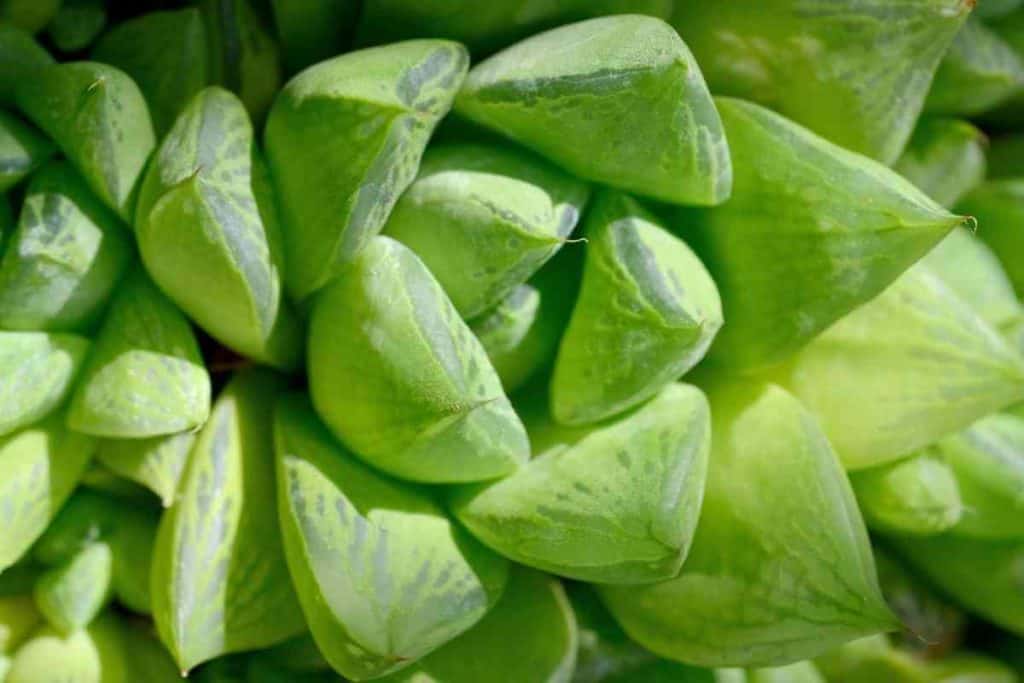
The cuspidata variety features stemless, sprouting, and densely leafed rosettes with soft grey-green leaves featuring strong and bristle tips.
Its leaves have a wedge shape and are smallish and just as brief as thick. Like most haworthia varieties, it thrives under partial sunlight and dislikes excessive watering and nutrients. The temperature shouldn’t go below 15 degrees C.
10. Haworthia Setata

This is a type that produces leaf rosettes, which cannot grow above 5cm across. It features soft leaves that have white and see-through bristles at its tips.
The setata species has different varieties that vary in size of rosettes, density, as well as the height of leaf hairs. It is usually a tricky plant to propagate and oftentimes expensive and scarcely seen.
The haworthia setata originated from the Cape Province, which is a dry area; hence, it needs properly drained soil, moderate watering, and winter temperatures not under 12 degrees C. It thrives under partial shelter, especially during hottest summer periods.

